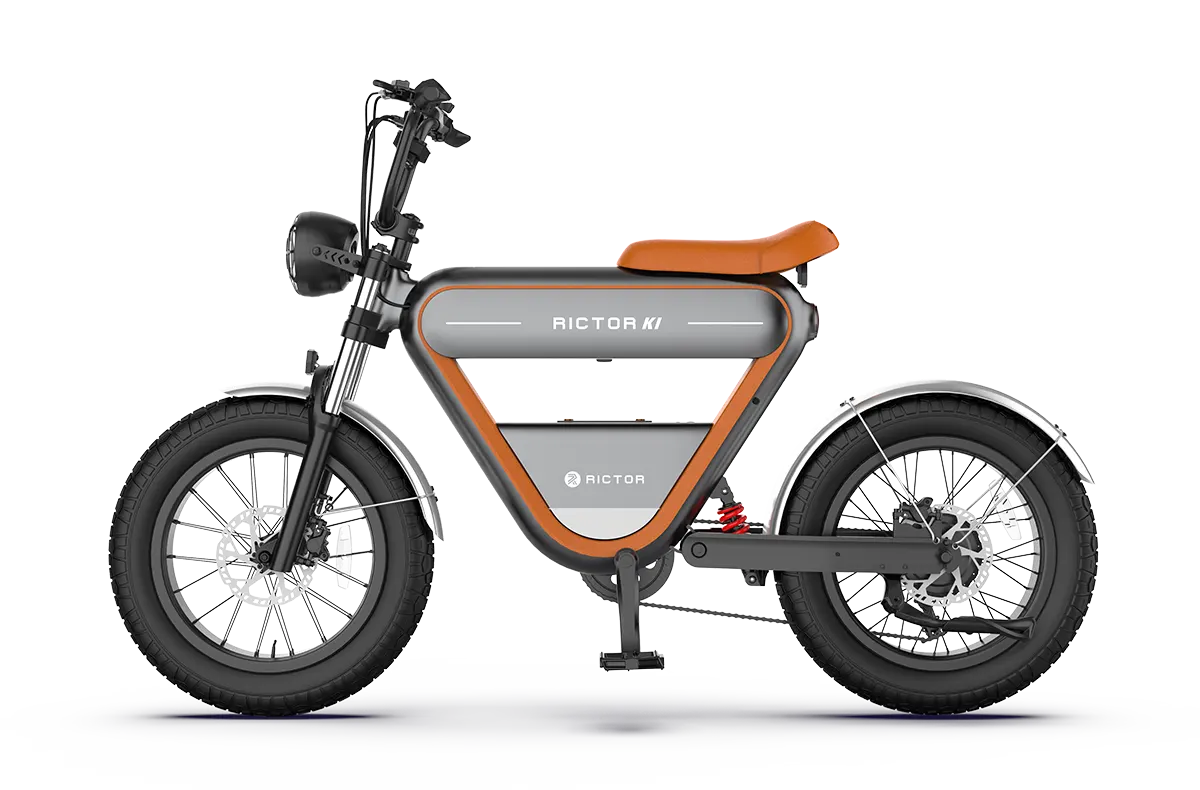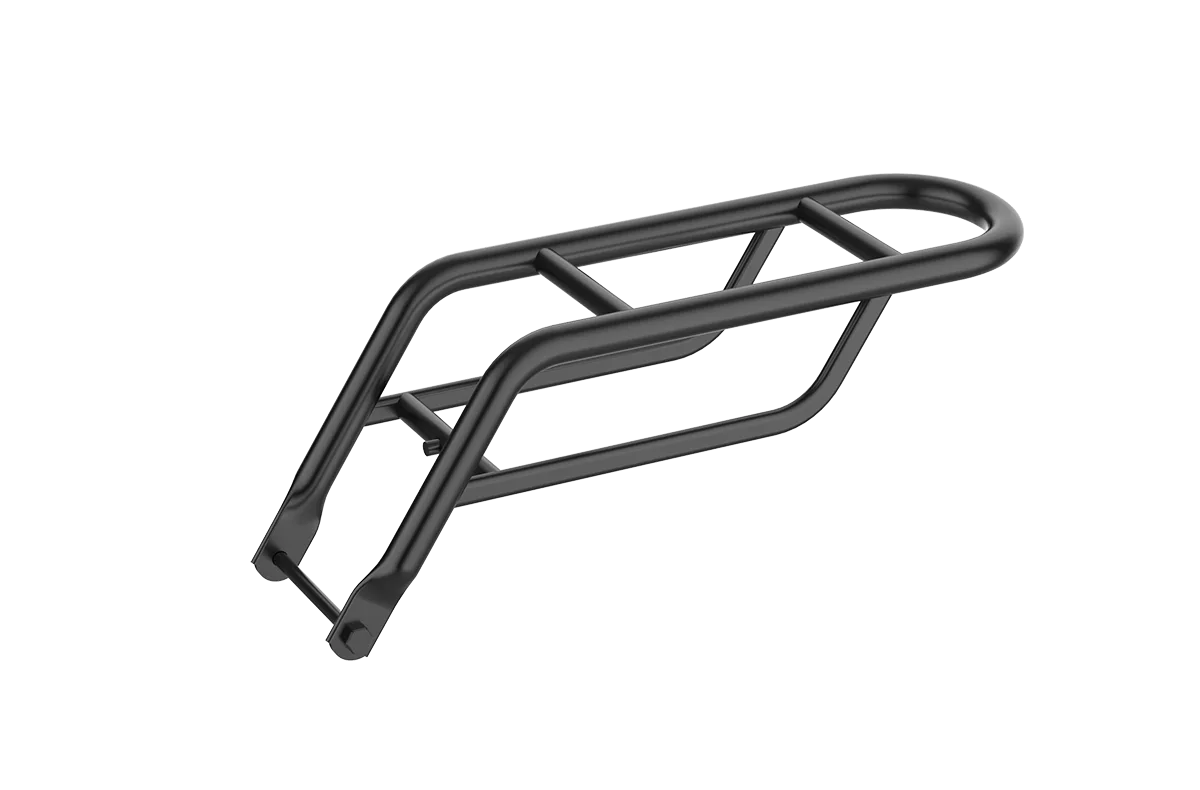Today's market offers incredible variety to suit different lifestyles and needs. Among the most common questions new e-bike shoppers face is whether to invest in a foldable electric bike or stick with a regular electric bike. This decision impacts everything from your daily commute to storage options and travel possibilities.
Electric Bike Options
A regular electric bike typically resembles a traditional bicycle but includes a battery and motor for pedal assistance or throttle control. These bikes maintain standard dimensions and are built primarily for stability and comfortable riding over various distances. Just like Rictor k1 pedal assist electric bike.
In contrast, a foldable e-bike incorporates hinges and mechanisms that allow it to collapse into a more compact form. This design prioritizes portability and storage convenience, though it may involve some trade-offs in other areas.
The Advantages and Disadvantages of Foldable Electric Bikes
Foldable electric bikes have gained tremendous popularity, especially in crowded urban environments. Let's examine what makes them attractive and where they might fall short.
Advantages of Foldable E-Bikes
Space efficiency stands as perhaps the most compelling reason to choose a folding model. These bikes can be tucked away in small apartments, stored under desks at work, or placed in car trunks without requiring bike racks. For city dwellers with limited storage space, this feature alone can be decisive.
Multi-modal transportation becomes significantly easier with a folding bike. You can ride to a train station, fold your bike, carry it aboard, and then complete your journey by riding again after disembarking. This flexibility dramatically expands your commuting options.
Travel compatibility is another major advantage. Folding e-bikes can often be brought on planes (with batteries handled according to airline regulations), packed in car trunks for weekend getaways, or taken into hotels without the hassle of securing outdoor parking.
Theft prevention improves when you can bring your bike indoors rather than leaving it locked outside. Given the high value of electric bikes, this added security represents meaningful peace of mind.
Disadvantages of Foldable E-Bikes
Ride comfort can sometimes be compromised on folding models. The smaller wheels common on many folding bikes may transmit more road vibration, and the folding mechanisms can introduce some flexibility into the frame that might be noticeable on longer rides.
Weight concerns are valid with folding e-bikes. While they fold up conveniently, the combination of motors, batteries, and folding mechanisms often makes them quite heavy to carry for extended periods. This can somewhat diminish their portability advantage.
Durability questions arise from the additional joints and hinges required for folding. These moving parts may wear over time and potentially require more maintenance than the solid frame of a standard e-bike.
Performance limitations sometimes affect folding models, which may have smaller batteries, less powerful motors, or reduced range compared to their full-sized counterparts due to design constraints.
SEE ALSO Choosing Your Ride: Fat Tires vs. Thin Tires for Electric Bikes
When to Choose a Regular Electric Bike
Regular electric bikes excel in several scenarios that make them the preferred choice for many riders. If your primary concern is ride quality over long distances, a standard e-bike typically offers better stability, more comfortable positioning, and more natural handling.
For rough terrain or off-road excursions, regular e-bikes generally provide superior performance. Their larger wheels, more substantial frames, and often more powerful motors handle challenging conditions with greater ease.
If you're looking for maximum range from your battery, standard electric bikes usually accommodate larger battery packs that extend your riding distance between charges.
Speed enthusiasts may prefer regular models as well, since their frame geometry and weight distribution typically enable higher safe speeds than most folding alternatives.
Making Your Decision
Your daily routine should heavily influence your choice. Consider honestly how you'll use the bike most days, not just occasionally.
If you need to combine cycling with public transit regularly or have extremely limited storage space, a folding electric bike likely makes more sense despite potential compromises in other areas.
Conversely, if you primarily ride longer distances directly from home and have adequate storage space, a regular electric bike will probably deliver a more satisfying experience over time.
Budget considerations matter too. While both styles have options across price points, you might find that you can get more power, range, and features in a regular e-bike at the same price point as a folding model, simply because the folding mechanism adds cost.
Conclusion
Choosing between a foldable electric bike and a regular electric bike ultimately comes down to aligning your specific needs with the strengths of each design. For urban commuters with storage limitations who value versatility and portability, folding models offer compelling advantages. For riders prioritizing comfort, range, and performance who have adequate storage space, standard e-bikes typically provide superior value. Consider your daily routine, available storage, and typical riding conditions as your primary decision factors rather than getting caught up in trends or marketing.
FAQs
How much heavier are electric folding bikes compared to regular ones?
Folding electric bikes typically weigh about the same as regular e-bikes (35-55 pounds), but their compact size can make them feel heavier when carrying them folded.
Can folding electric bikes handle hills as well as regular models?
Most quality folding e-bikes handle moderate hills adequately, though their smaller wheels may require more motor assistance on steeper inclines than regular e-bikes.
Are folding electric bikes more expensive than regular electric bikes?
At comparable component quality levels, folding e-bikes often cost $200-$500 more than regular models due to their complex folding mechanisms.

Jun 11, 2025
How Mid-Drive Motors Use E-bike Gears for Cooler, More Efficient Riding

Jun 6, 2025
How to Apply for California's Ebike Incentive
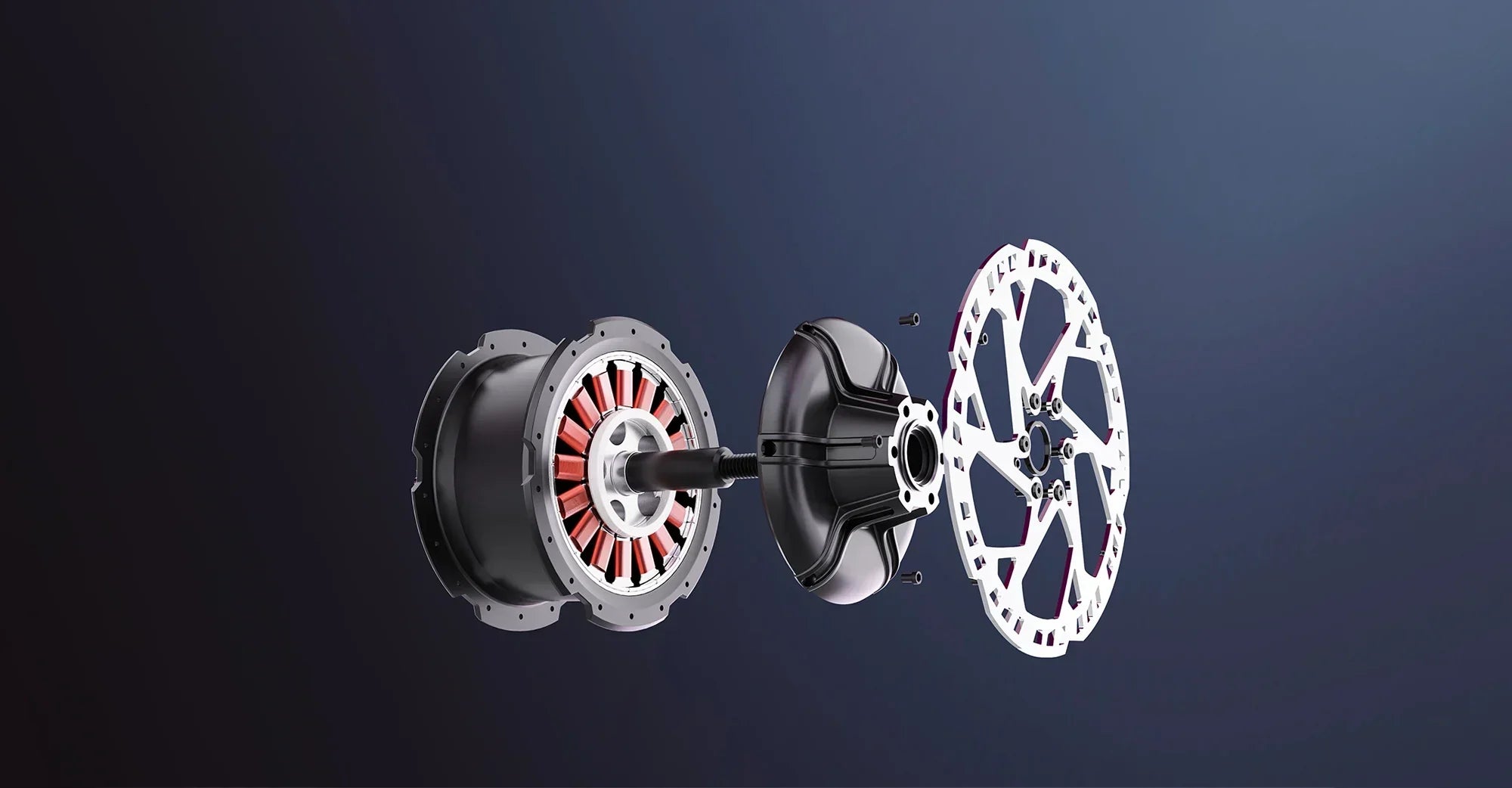
May 30, 2025
E-Bike Motor Stuttering After Overheating? Diagnosing and Fixing Thermal Gremlins

May 29, 2025
Everything You Need to Know About Your Ebike Frame
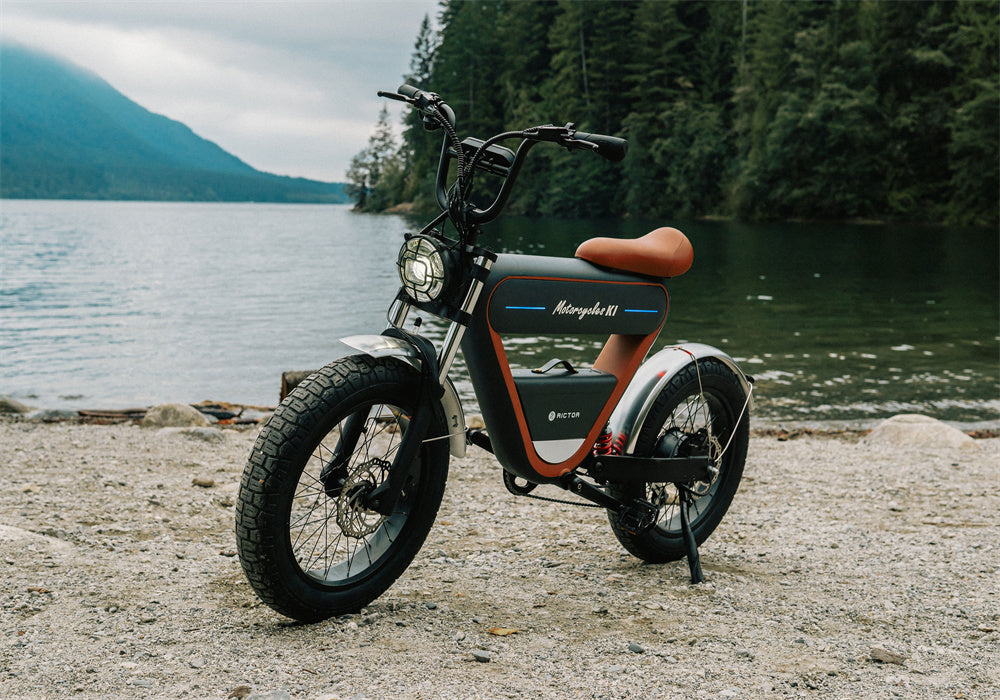
May 28, 2025
Types of E-Bike Sensors: Everything You Need to Know for an Enhanced Ride
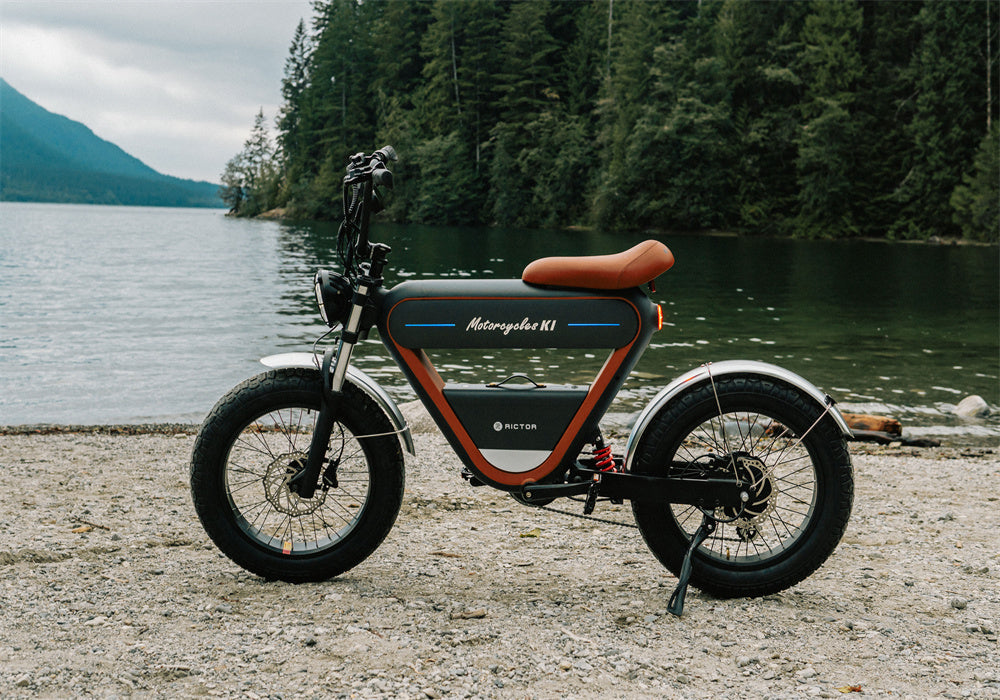
May 26, 2025
